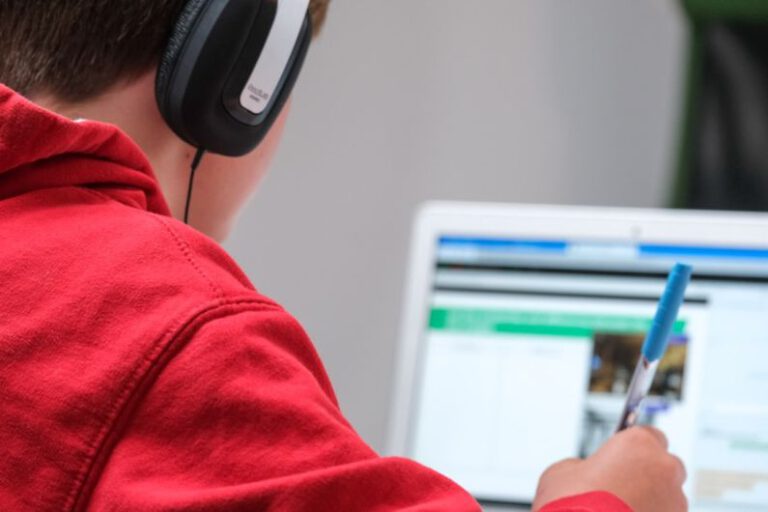The Impact of Streaming Services on Traditional Media
In recent years, the rise of streaming services has revolutionized the way we consume media. Platforms like Netflix, Amazon Prime, Hulu, and Disney+ have provided viewers with unprecedented access to a vast library of movies, TV shows, and original content. This shift in the entertainment landscape has had a profound impact on traditional media outlets such as cable television, movie theaters, and physical media sales. Let’s delve into how streaming services have disrupted the traditional media industry and changed the way we engage with content.
The Decline of Cable Television
One of the most significant effects of streaming services has been the decline of cable television. With the convenience of on-demand streaming, many consumers are cutting the cord and opting for streaming services that offer a more personalized and flexible viewing experience. Traditional cable providers are struggling to compete with the vast content libraries and lower prices offered by streaming platforms. This shift has forced cable companies to adapt by offering their own streaming services or partnering with existing platforms to stay relevant in an increasingly digital world.
The Rise of Original Content
Streaming services have also transformed the production and distribution of original content. Platforms like Netflix and Amazon have invested heavily in creating their own exclusive series and movies, attracting top talent and earning critical acclaim. This shift has disrupted the traditional model of network television, where viewers were limited to the content available on specific channels. The rise of original content on streaming services has allowed for more diverse storytelling and has given filmmakers and creators greater creative freedom to explore new ideas and genres.
The Impact on Movie Theaters
The proliferation of streaming services has also had a significant impact on the movie theater industry. With the ability to stream new releases from the comfort of their own homes, many consumers are opting to forgo the traditional movie theater experience. This shift has forced theaters to adapt by offering premium amenities, such as reclining seats, gourmet food options, and IMAX screens, to entice audiences to continue coming to the movies. Additionally, some studios have begun releasing their films simultaneously in theaters and on streaming platforms, further blurring the lines between traditional and digital distribution channels.
The Evolution of Advertising
Another area where streaming services have made a notable impact is in advertising. Traditional media outlets such as broadcast television and print publications have long relied on advertising revenue to support their operations. However, with the rise of ad-free streaming platforms and subscription-based models, advertisers are increasingly shifting their budgets towards digital advertising and product integrations within streaming content. This shift has forced traditional media outlets to reevaluate their advertising strategies and find new ways to engage with audiences in an increasingly fragmented media landscape.
The Future of Traditional Media
As streaming services continue to dominate the media landscape, traditional outlets are facing increasing pressure to adapt to changing consumer preferences. While some traditional media companies have embraced streaming as a new distribution channel, others have struggled to compete with the convenience and accessibility offered by digital platforms. The future of traditional media will likely depend on their ability to innovate and evolve to meet the demands of a digital-first audience.
In conclusion, streaming services have had a profound impact on traditional media, reshaping the way we consume content and challenging the dominance of traditional distribution channels. The rise of original content, the decline of cable television, the impact on movie theaters, and the evolution of advertising are just a few examples of how streaming services have disrupted the industry. As technology continues to advance and consumer preferences evolve, it will be crucial for traditional media outlets to adapt and find new ways to engage with audiences in an increasingly digital world.






